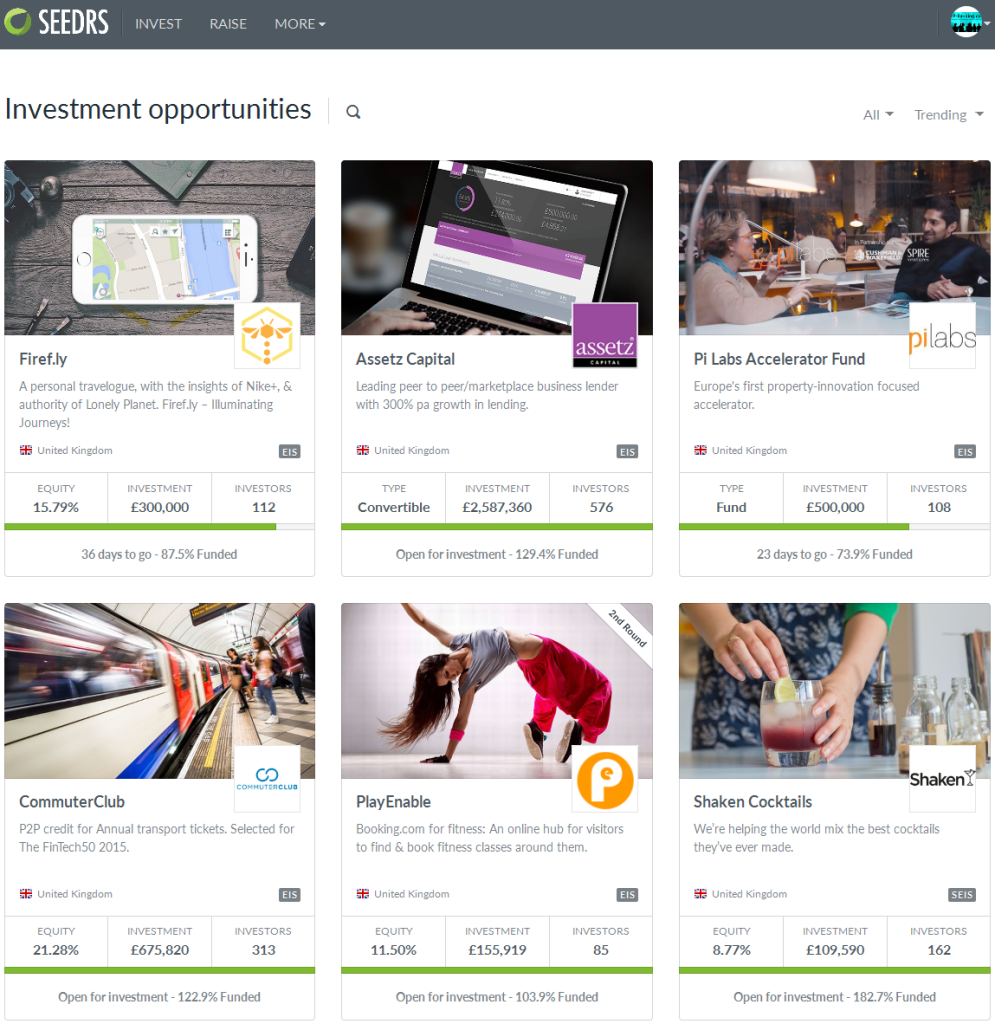This is a guest post by Leo Tyndall, CEO and founder of Marketlend.
The peer-to-peer lending industry remains embryonic in that there are only two Australian peer-to-peer lenders, Society One and Marketlend. The remaining peer-to-peer lenders RateSetter and ThinCats are spin-offs of their UK operations -RateSetter Australia is by now only partly owned by Retail Money Market.
 The focuses of both Society One and RateSetter are personal loans whereas ThinCats and Marketlend focus on commercial lending. Legal structure by Society One and RateSetter is a managed investment scheme. ThinCats legal structure is unclear aside from that they are an authorised representative of an Australian Financial Services License similar to Society One and Marketlend. However, Marketlend has opted for the more traditional debt structure by establishing trusts that issue tradable bonds by an independent trustee.
The focuses of both Society One and RateSetter are personal loans whereas ThinCats and Marketlend focus on commercial lending. Legal structure by Society One and RateSetter is a managed investment scheme. ThinCats legal structure is unclear aside from that they are an authorised representative of an Australian Financial Services License similar to Society One and Marketlend. However, Marketlend has opted for the more traditional debt structure by establishing trusts that issue tradable bonds by an independent trustee.
The Australian peer to peer market is operating in the commercial banking market which is 2123 billion of client loans according to BMI Research as of November 2013. P2P Lending remains a new concept and irregularly reported albeit growing exposure is occurring through crowd funding publicity and statements by new investors like Murdoch investor group and James Packer investor group.
Crowdfunding saw commentary from the regulatory authorities in the form of a guidance and reference in a financial system review in last quarter of 2014. The essence is that it should be encouraged however, there are significant legislative hurdles at this time and consideration should be given to making it easier to commence such endeavors.
At this time if you offer a financial product, service, loan or investment to a retail person, a credit license is needed for lending and you are required to hold an AFSL or be an authorised representative of an AFSL holder who has sufficient licenses to enable it to advise, and offer financial products to the retail market. Furthermore, if you chose to offer a product, through a managed investment scheme, you need a responsible entity or must be a responsible entity (RE) to offer the securities. In layman terms, the RE is a similar entity to a trustee. A notable exception to this includes, operating to offer to wholesale investors and offering only business loans. Each of these has it’s own idiosyncrasies.
As recent as 15 March 2015Â CBA top executive Kelly Bayer Rosmarin questioned whether peer to peer lending is driven by supply side factors in a low interest rate environment and wondered if the peer to peer model can sustain an entire cycle. This shows a lack of concern or possible complacency by the mayor banks. However other smaller or progressive banks have looked to discuss with peer to peer lenders about possible cooperation or investment.
 For peer to peer lenders we welcome the benign attitude of the larger banks as it is the type of attitude that drives investors and borrowers towards this market. Australia is marketplace where the internet is a well-accepted forum for doing business and the financial services industry is already using it to develop their own businesses. This type of lending is a graduation of the electronic age of the financial services industry in Australia and here to stay.
For peer to peer lenders we welcome the benign attitude of the larger banks as it is the type of attitude that drives investors and borrowers towards this market. Australia is marketplace where the internet is a well-accepted forum for doing business and the financial services industry is already using it to develop their own businesses. This type of lending is a graduation of the electronic age of the financial services industry in Australia and here to stay.
There is talk of at least 3 new arrivals this year: Money place, Lend2fund and another that has operations offshore.
Marketlend is a business peer-to-peer lender who offers loans only to business in the form of working capital, traditional business lending and commercial property. Using intuitive software to take applications and automated proprietary software within a matter of minutes, Marketlend can complete external credit checks and rate the likelihood of loan repayment. The software is provided by third parties who offer similar solutions to government departments and public companies. A financial analysis is performed on available financials to determine debt coverage service ratios, leverage ratios and general health of the borrower. These data points, historical payment history and approximately 65 input items are used to determine the rating of the risk. Continue reading



 Carsales.com has invested in an equity share of Australian Ratesetter marketplace. RateSetter today announced that Stratton Finance and Carsales would together invest about 10 million AUD in the Sydney-based local business, taking a combined 20 per cent equity stake which will puts the valuation of Ratesetter Australia at 50 million AUD.
Carsales.com has invested in an equity share of Australian Ratesetter marketplace. RateSetter today announced that Stratton Finance and Carsales would together invest about 10 million AUD in the Sydney-based local business, taking a combined 20 per cent equity stake which will puts the valuation of Ratesetter Australia at 50 million AUD.